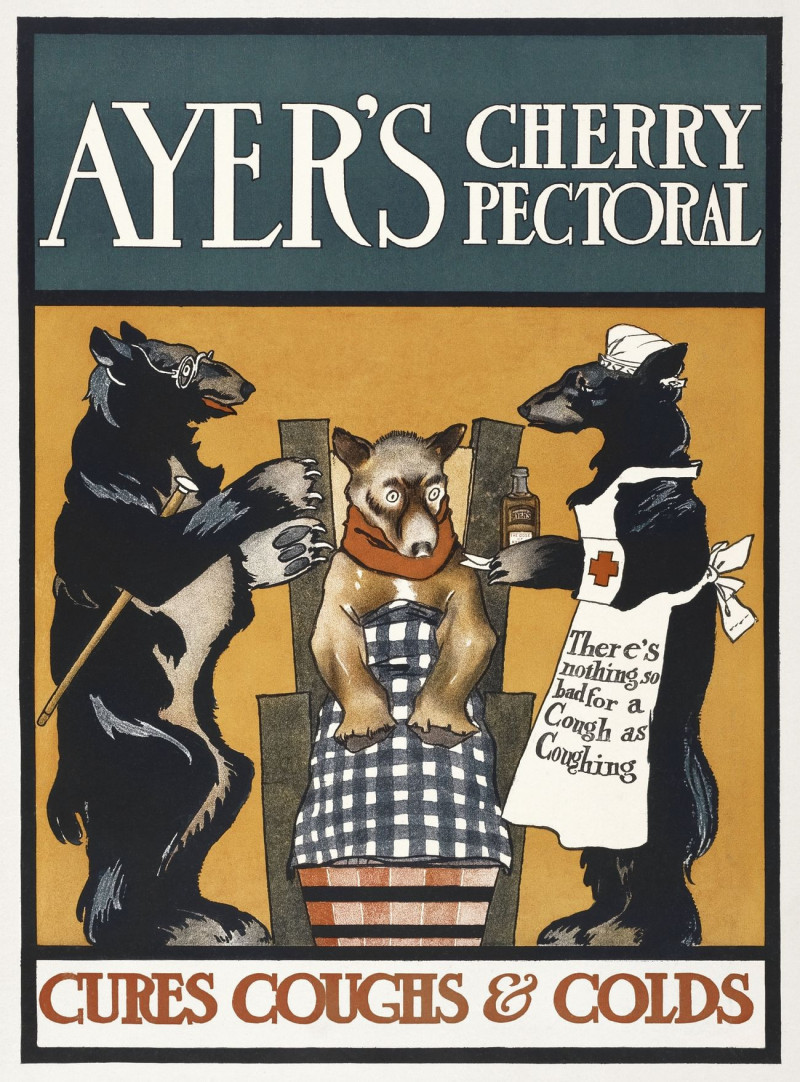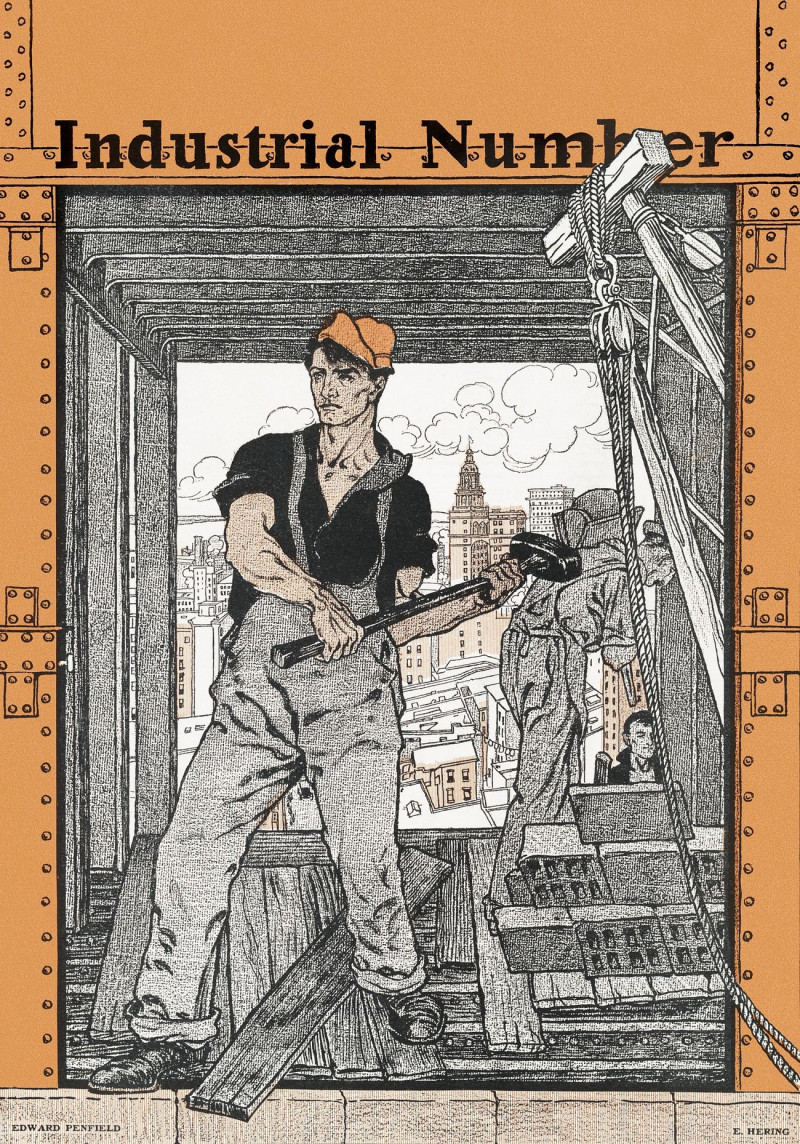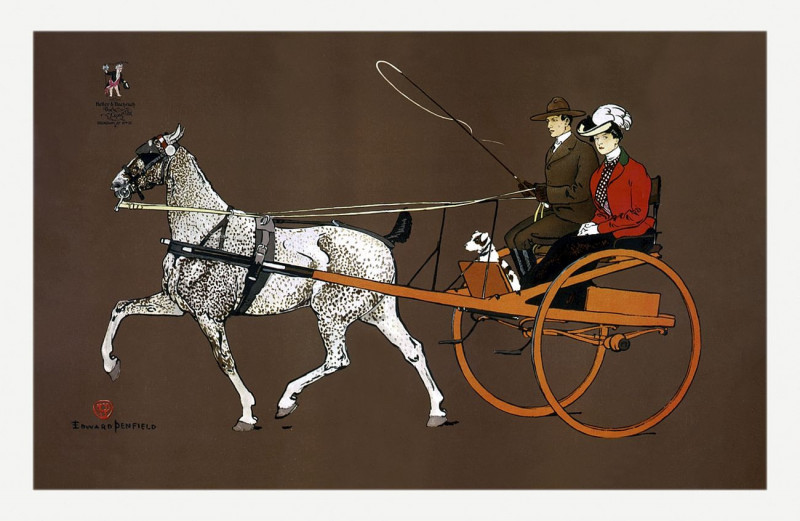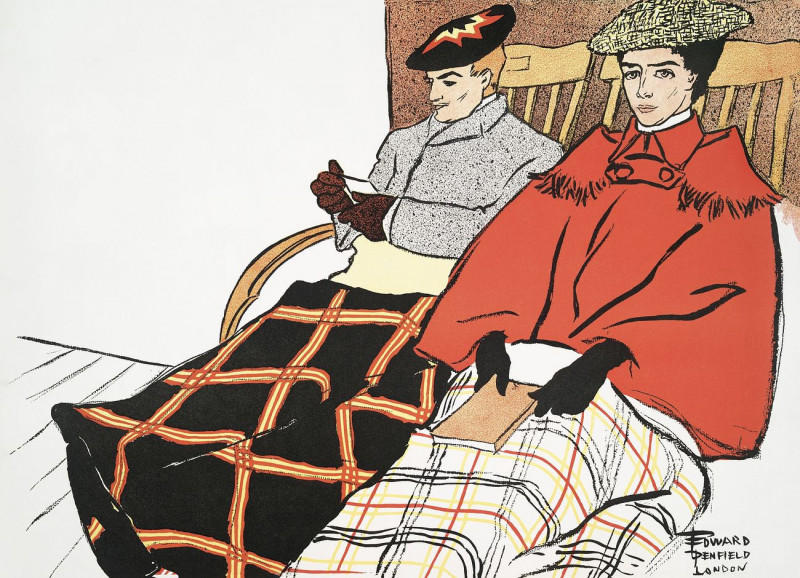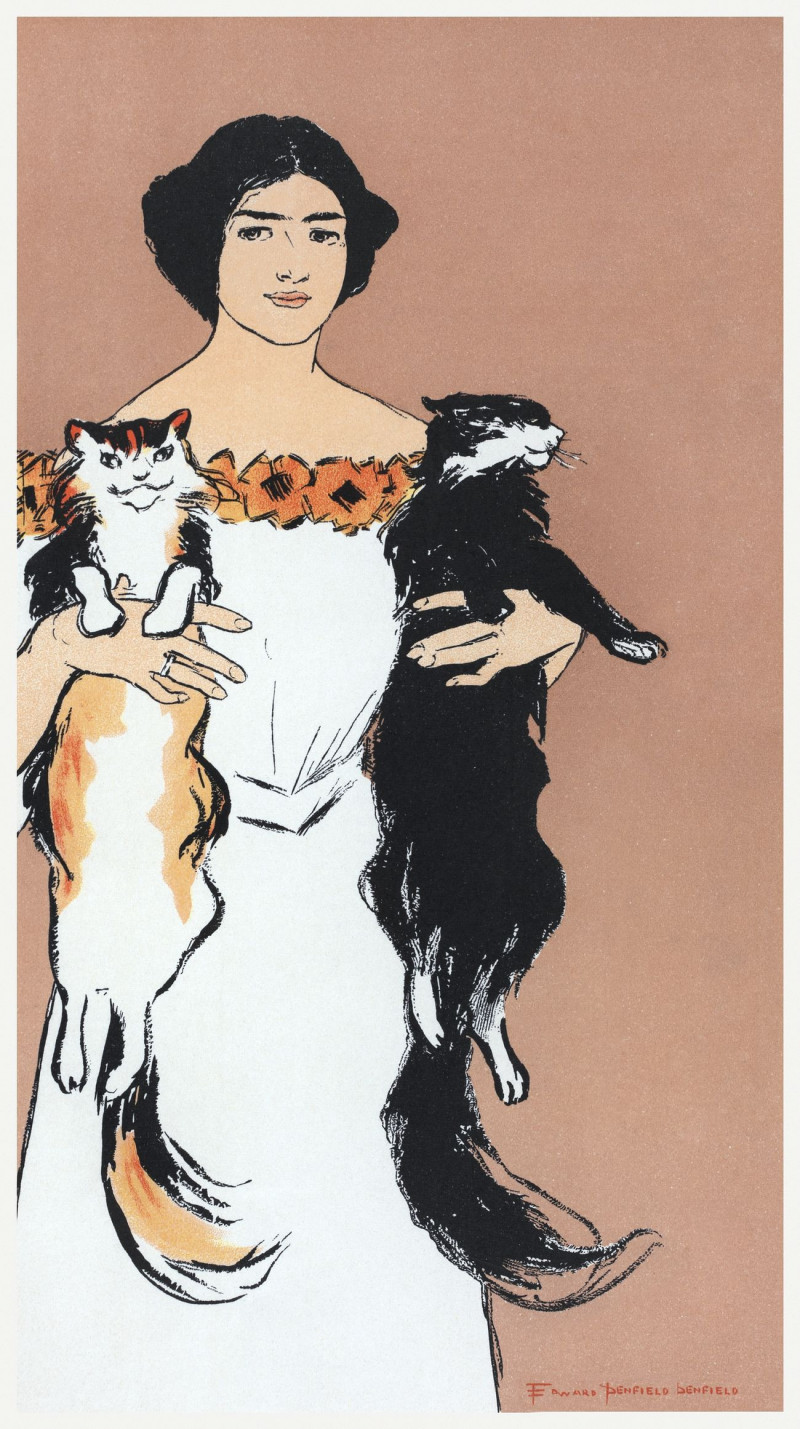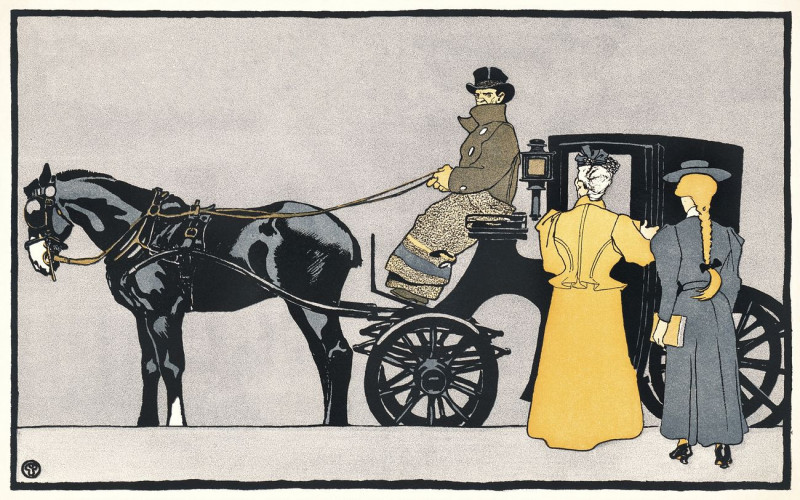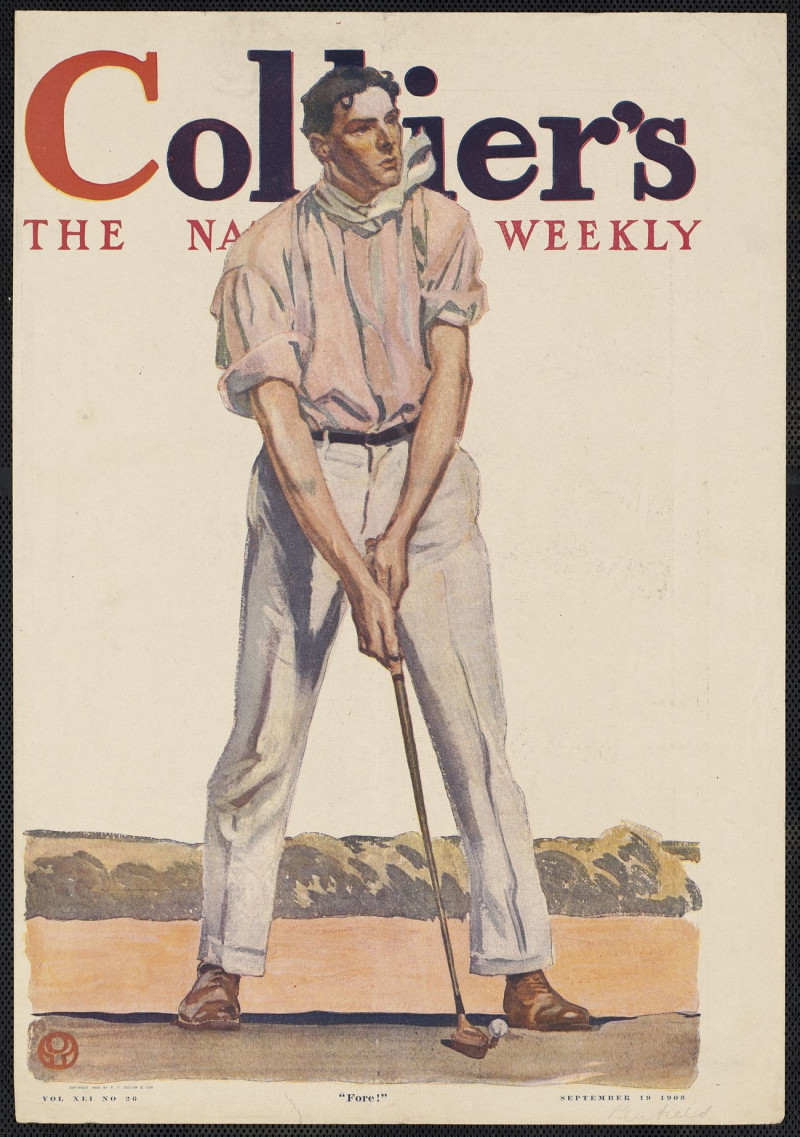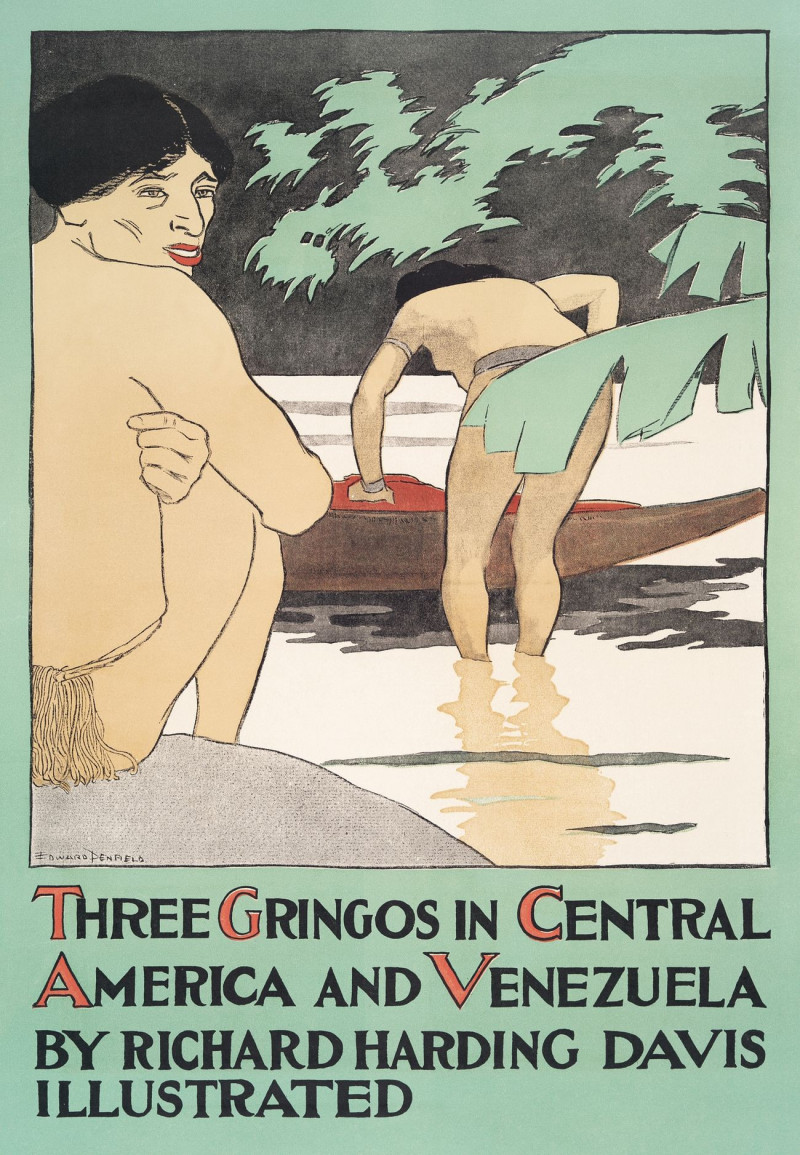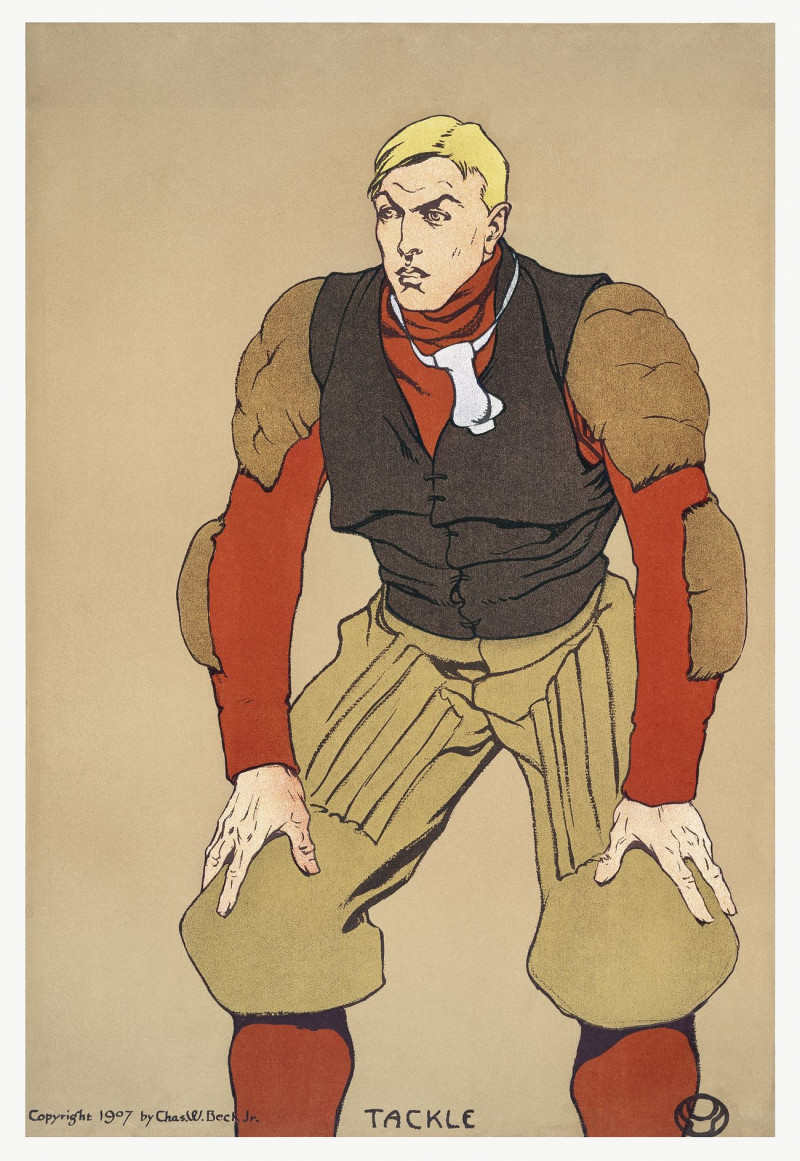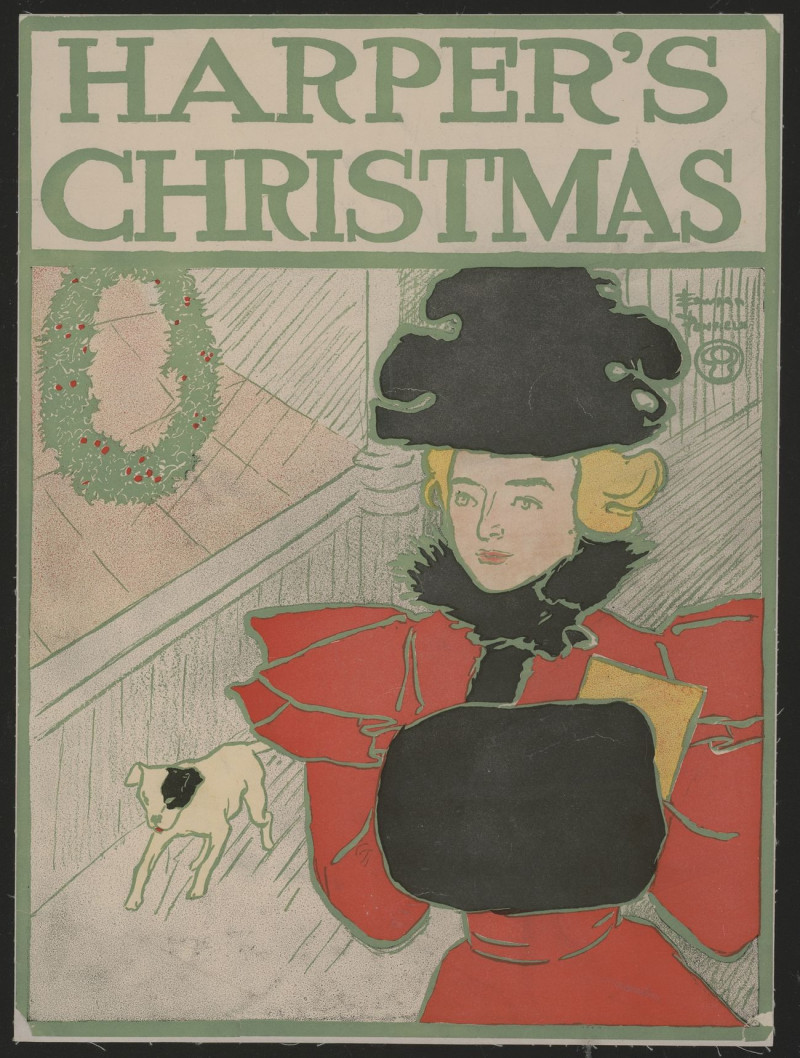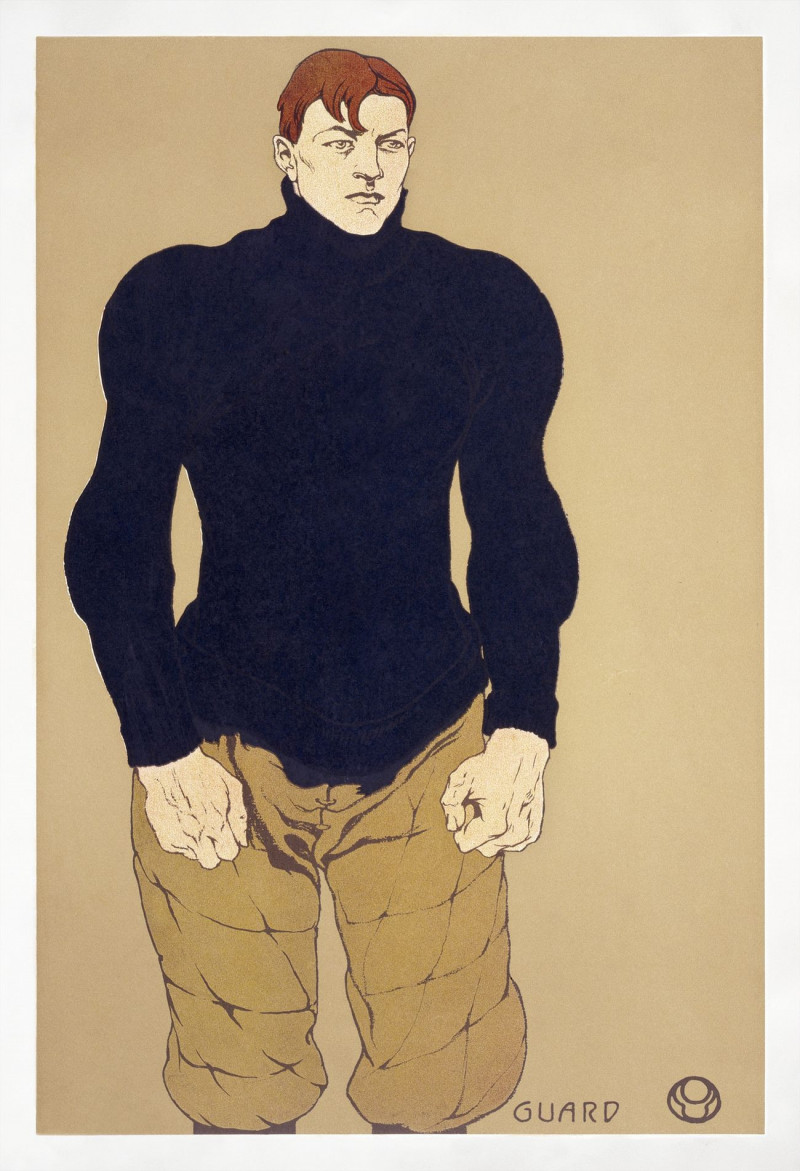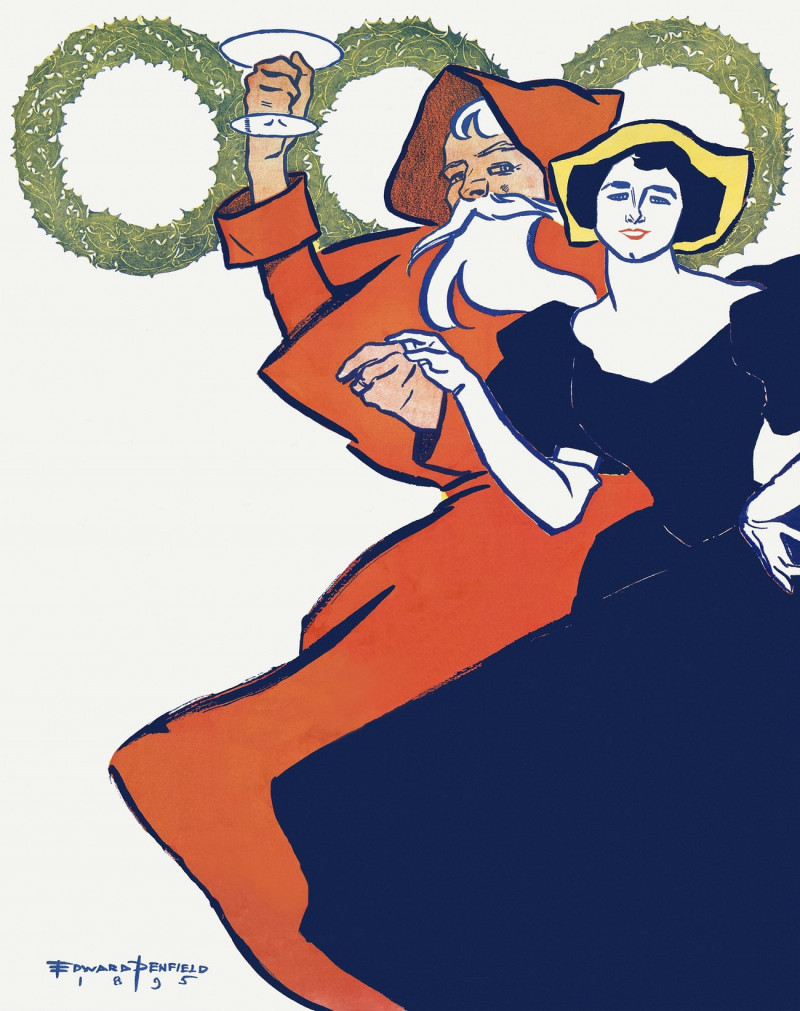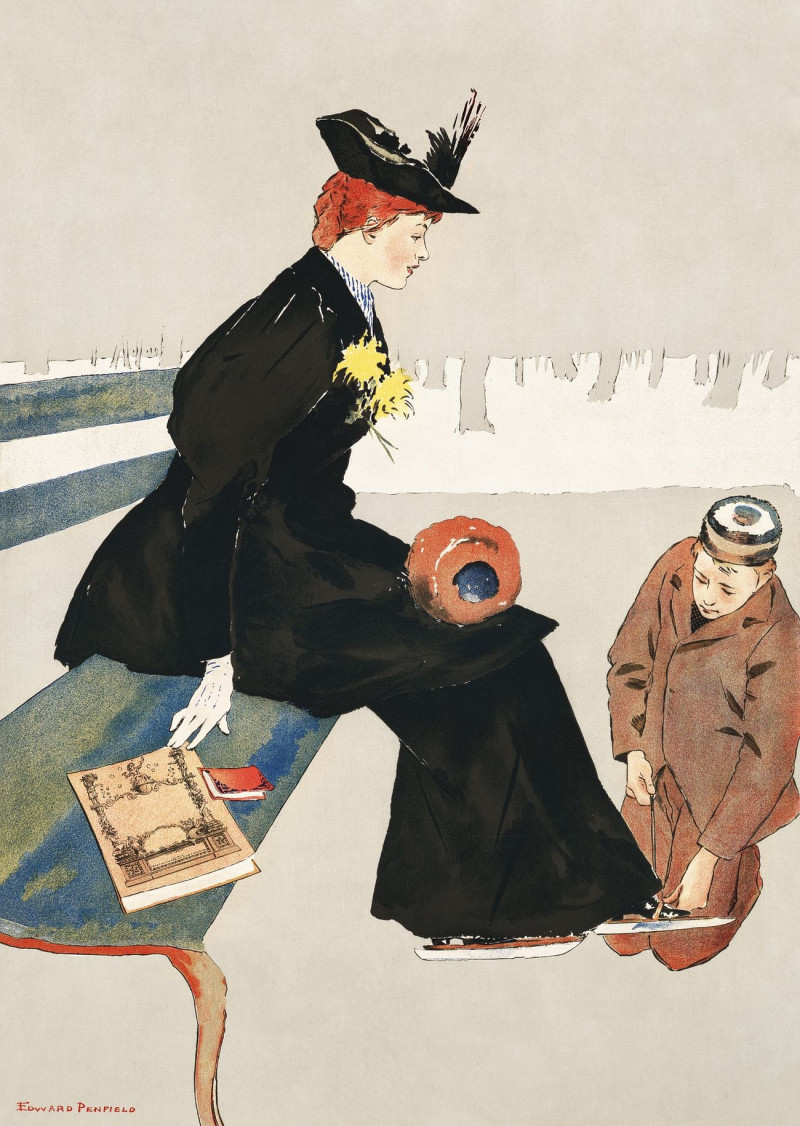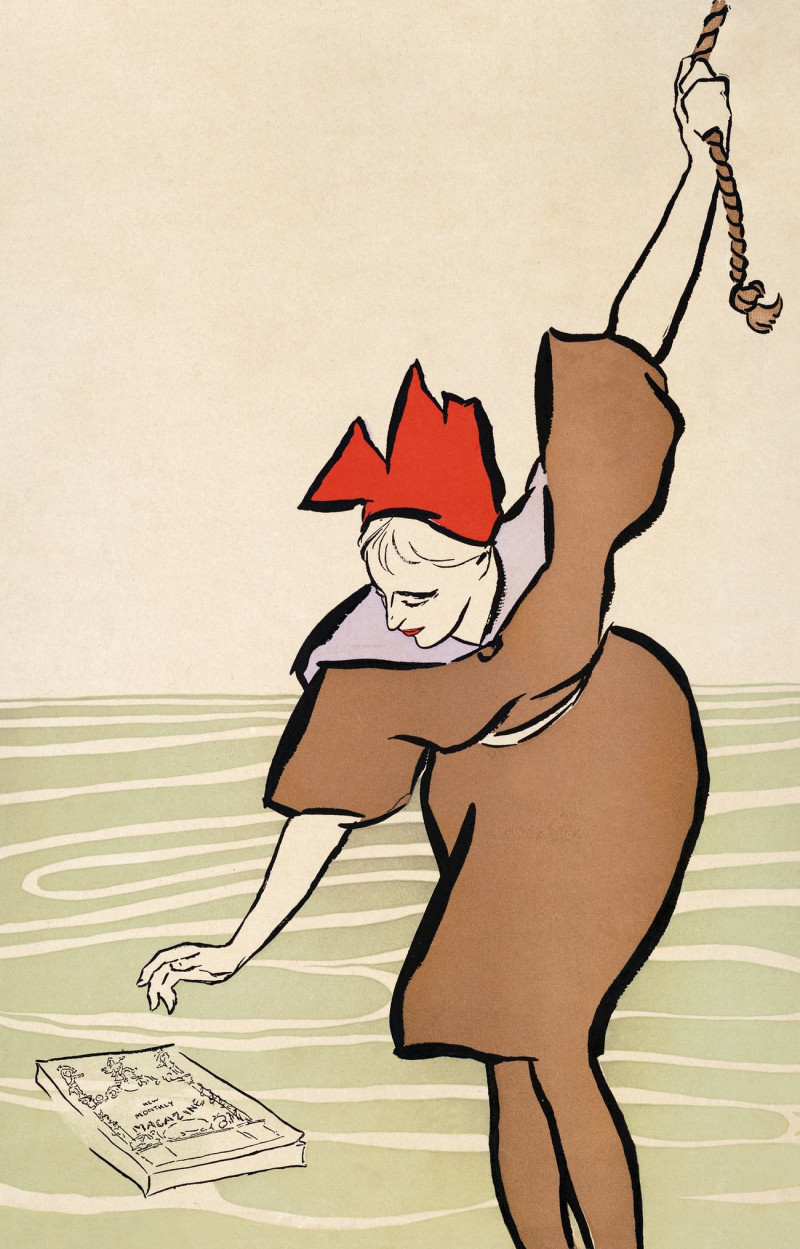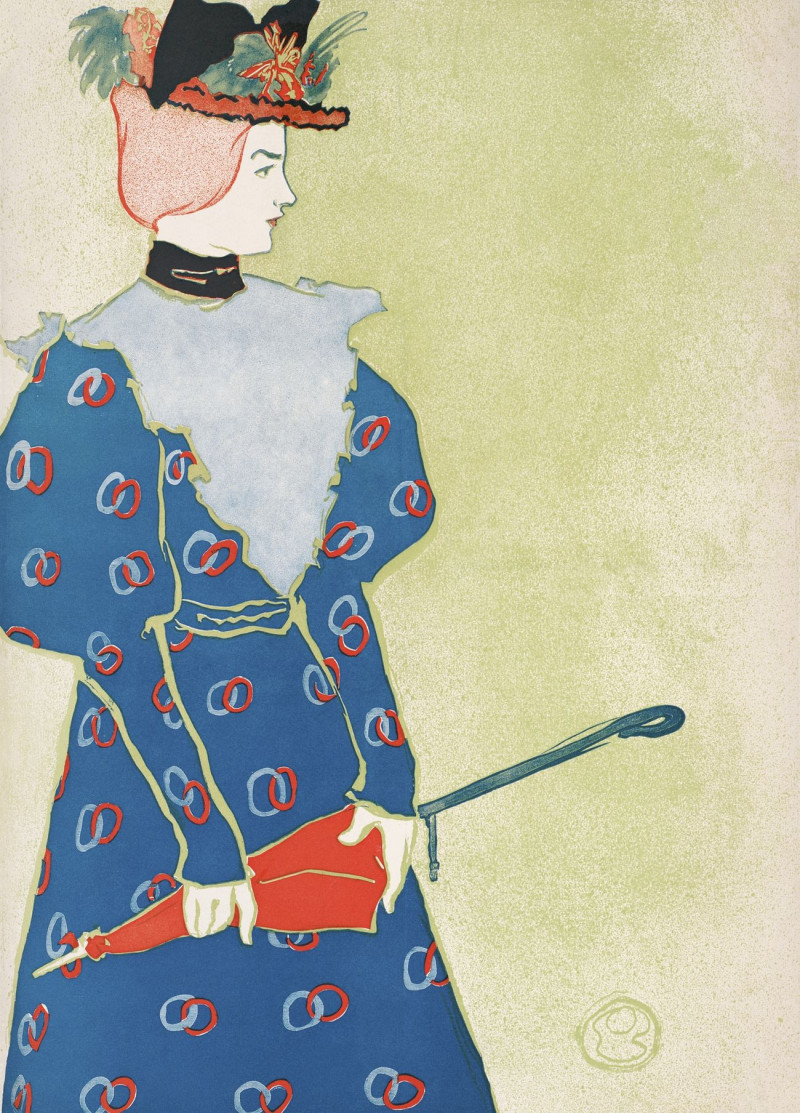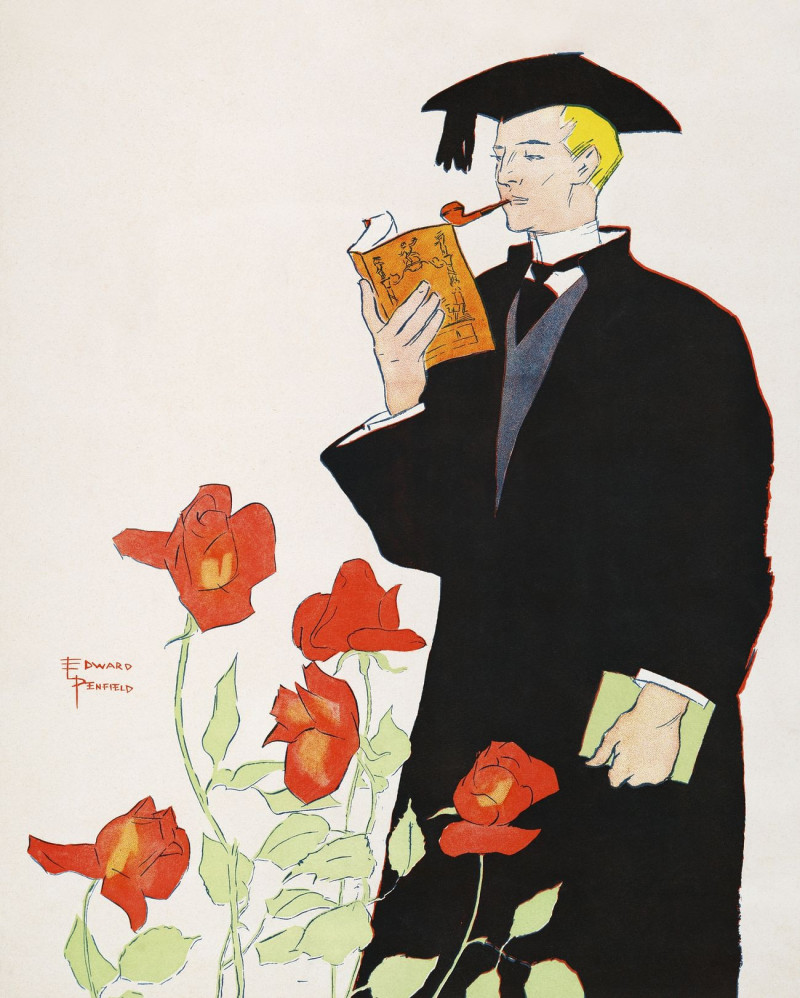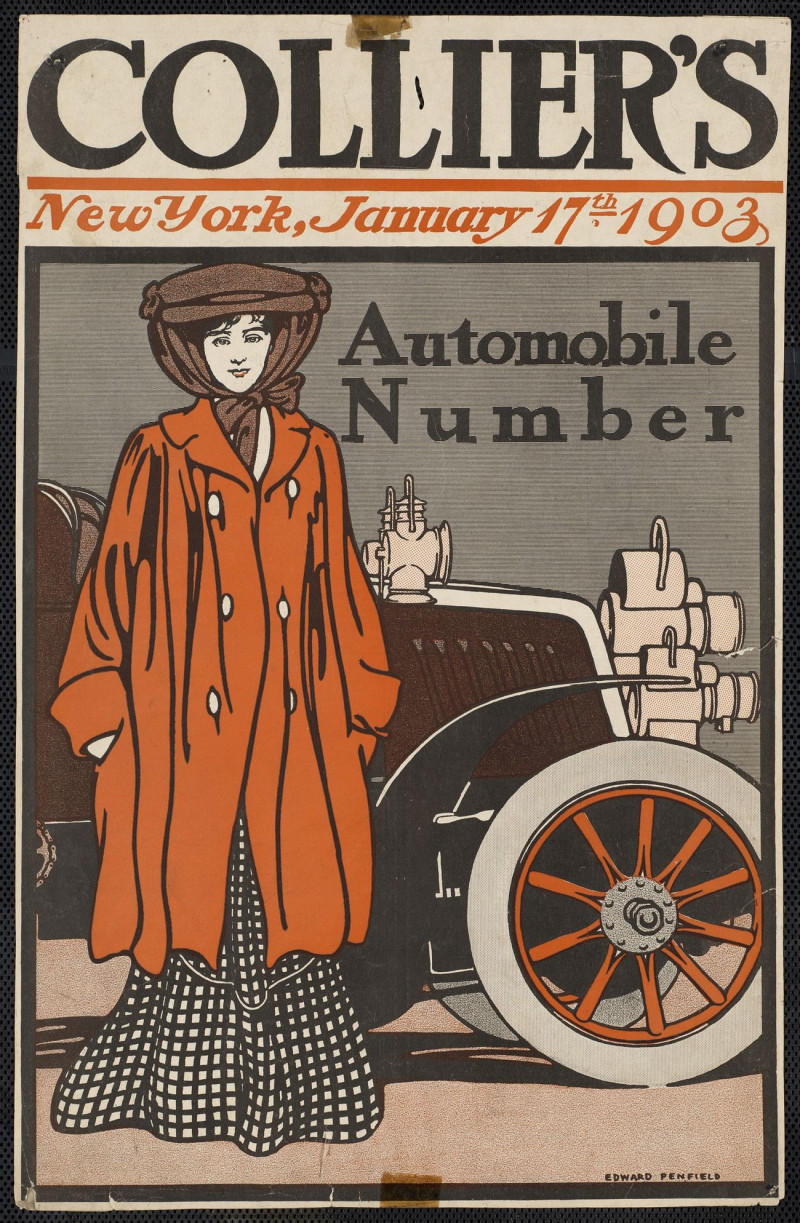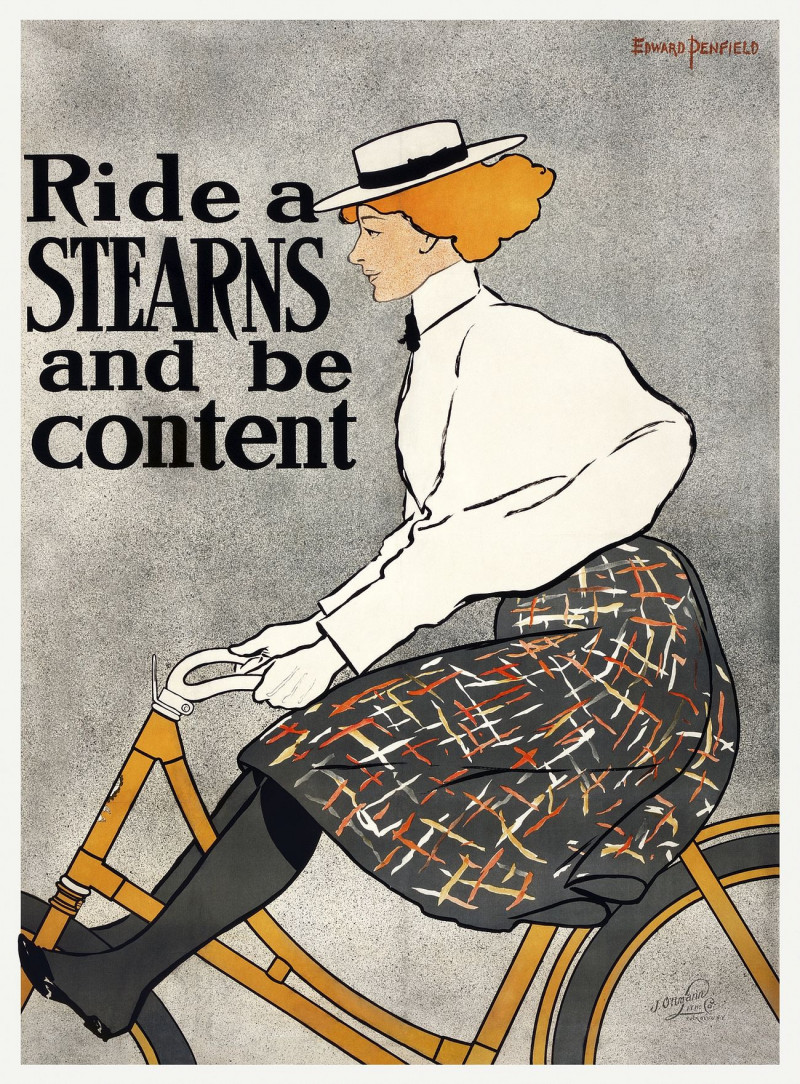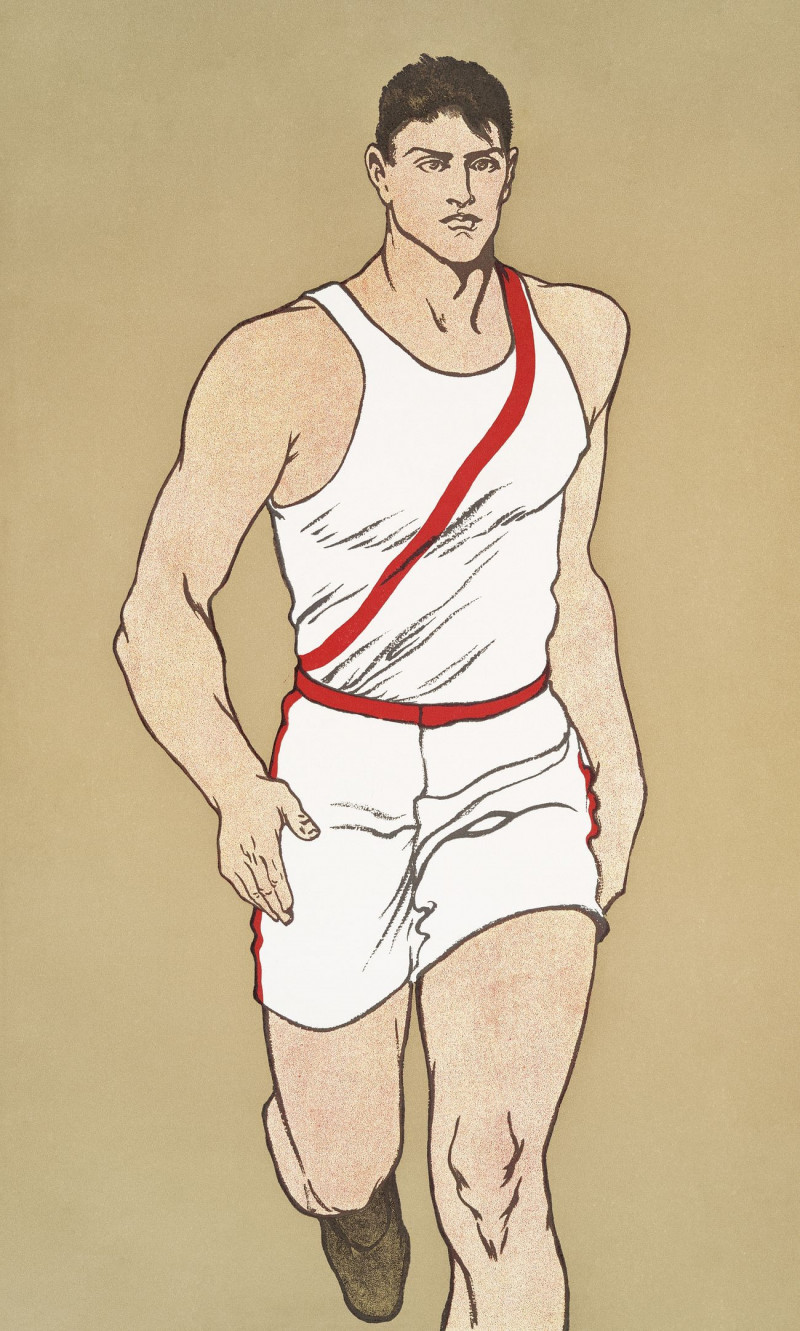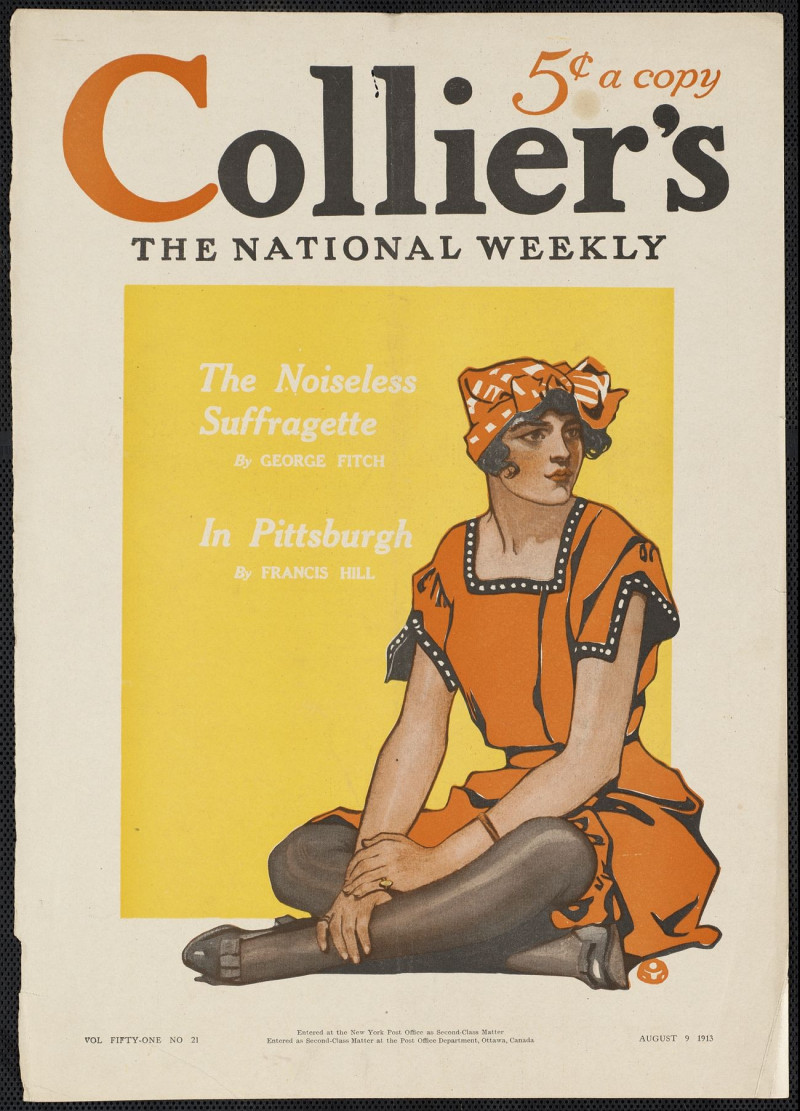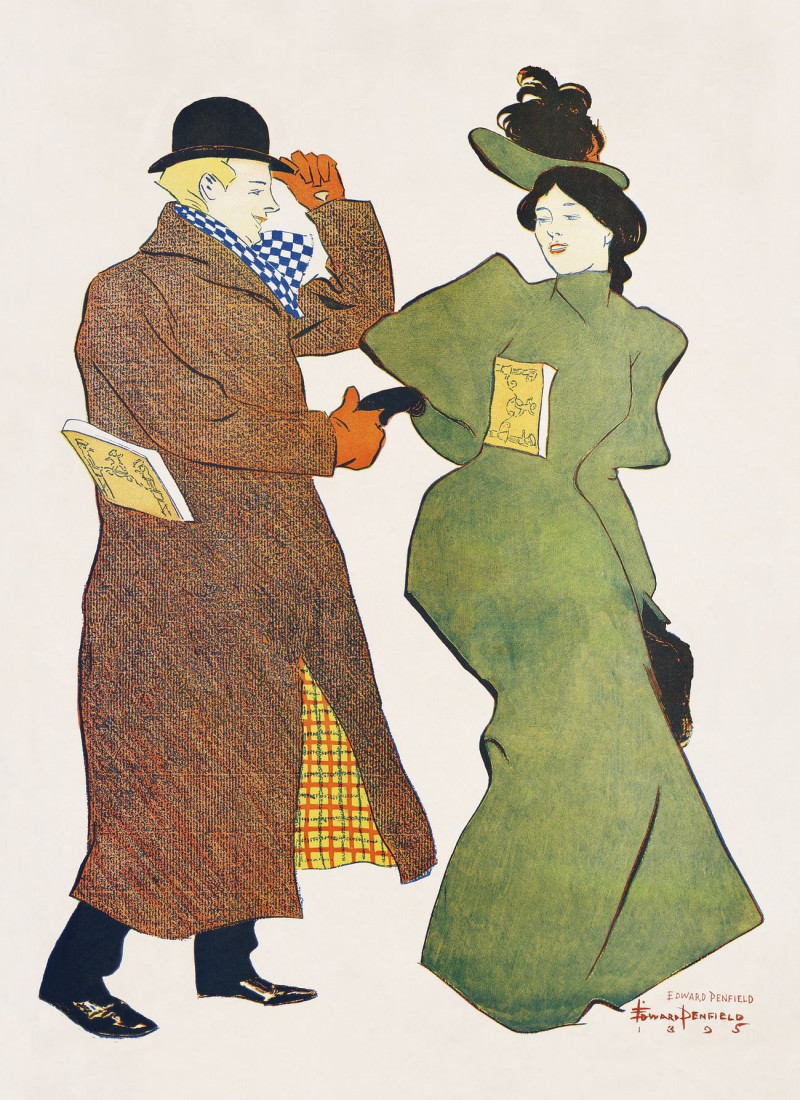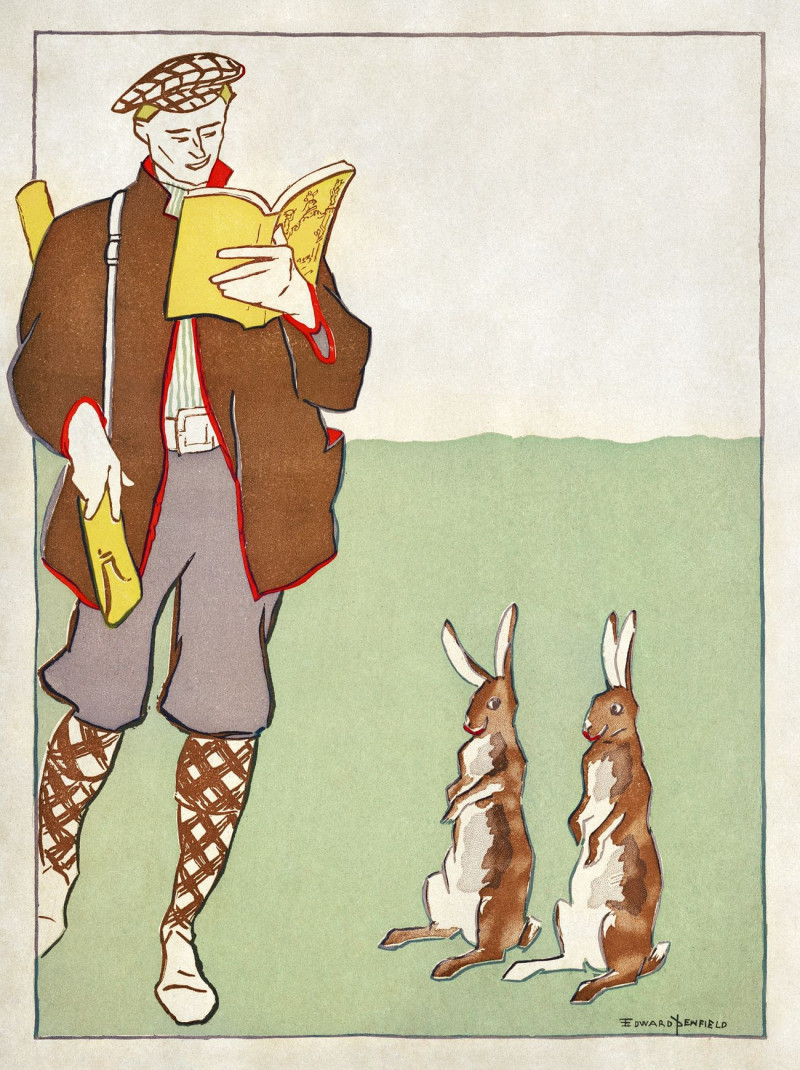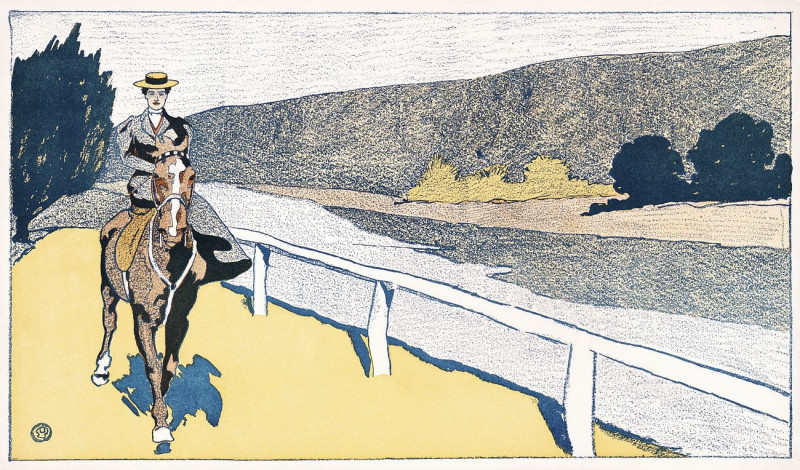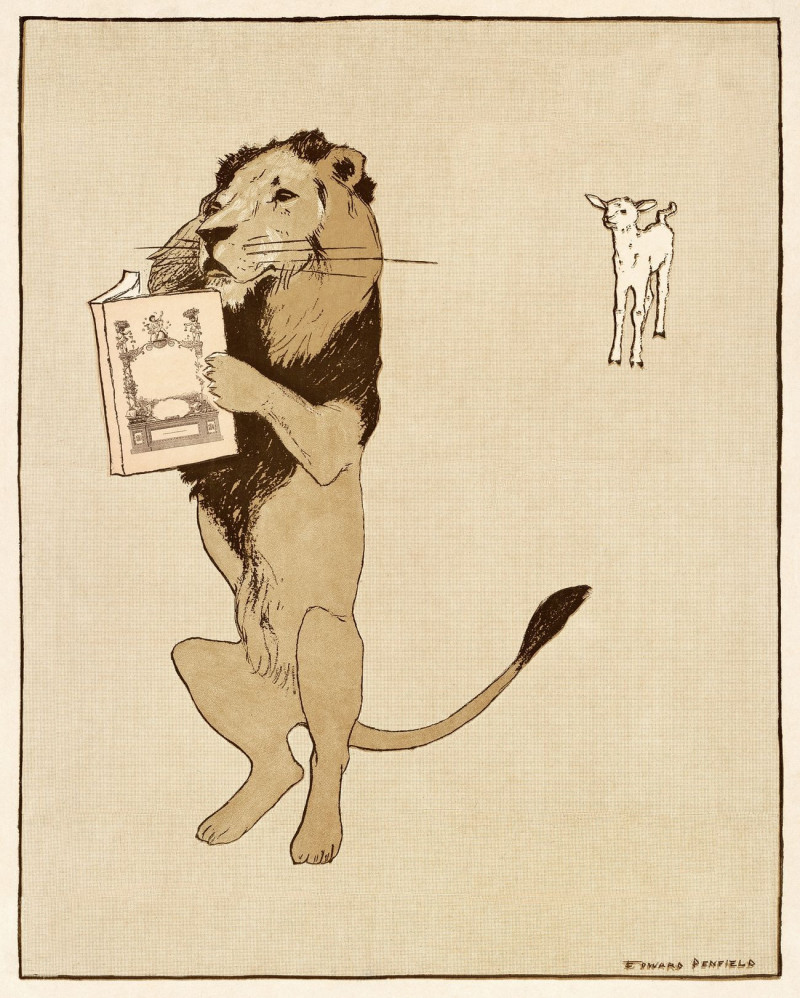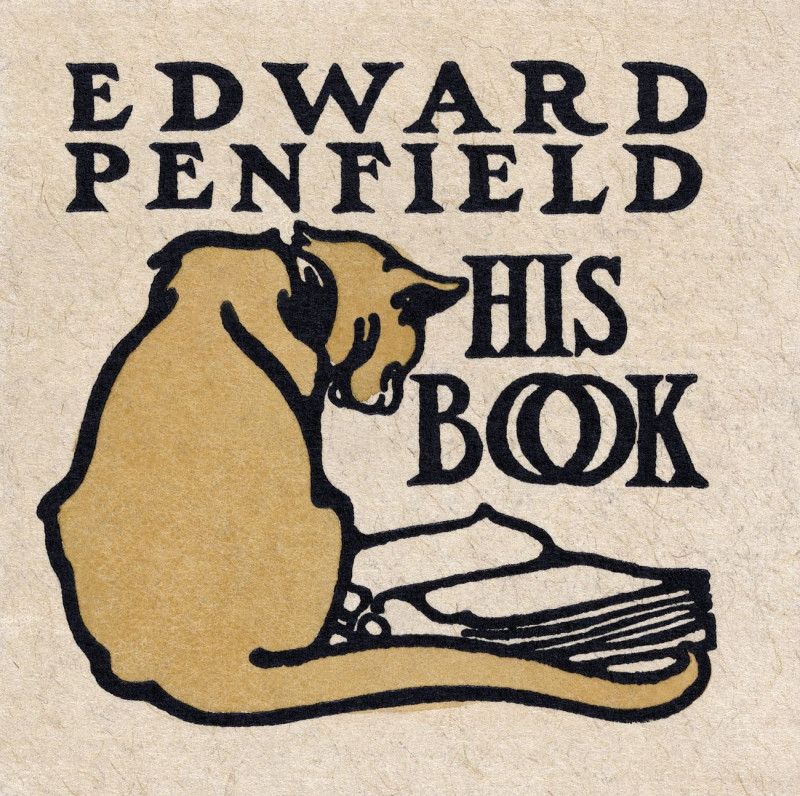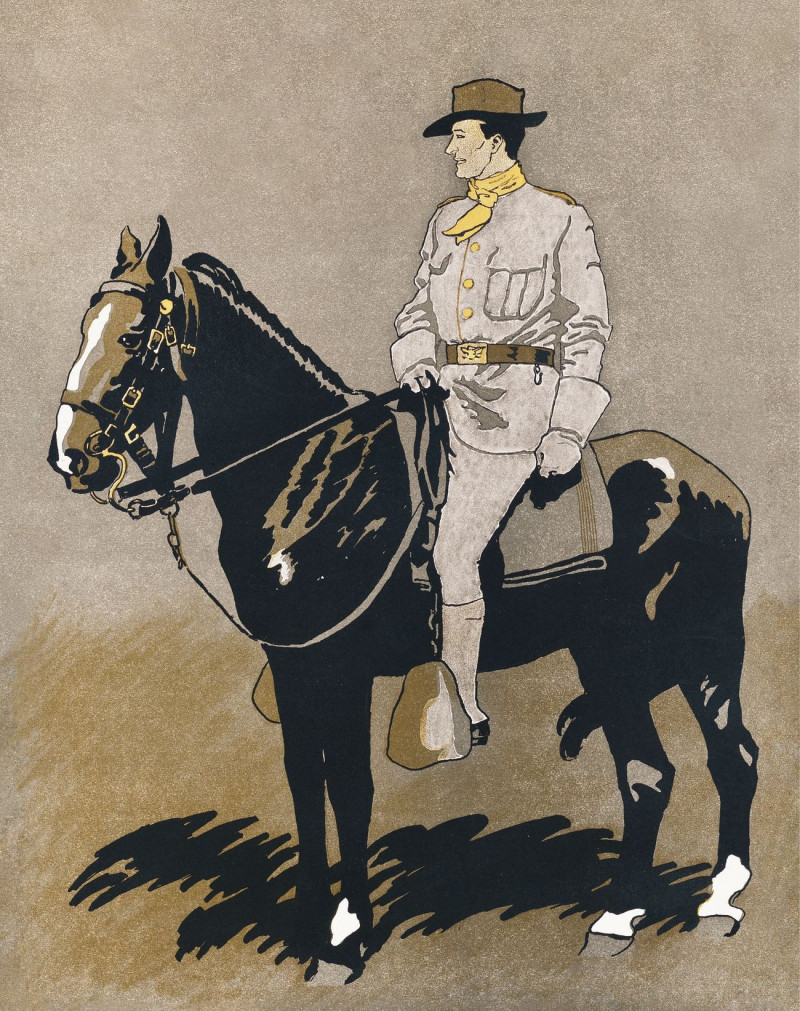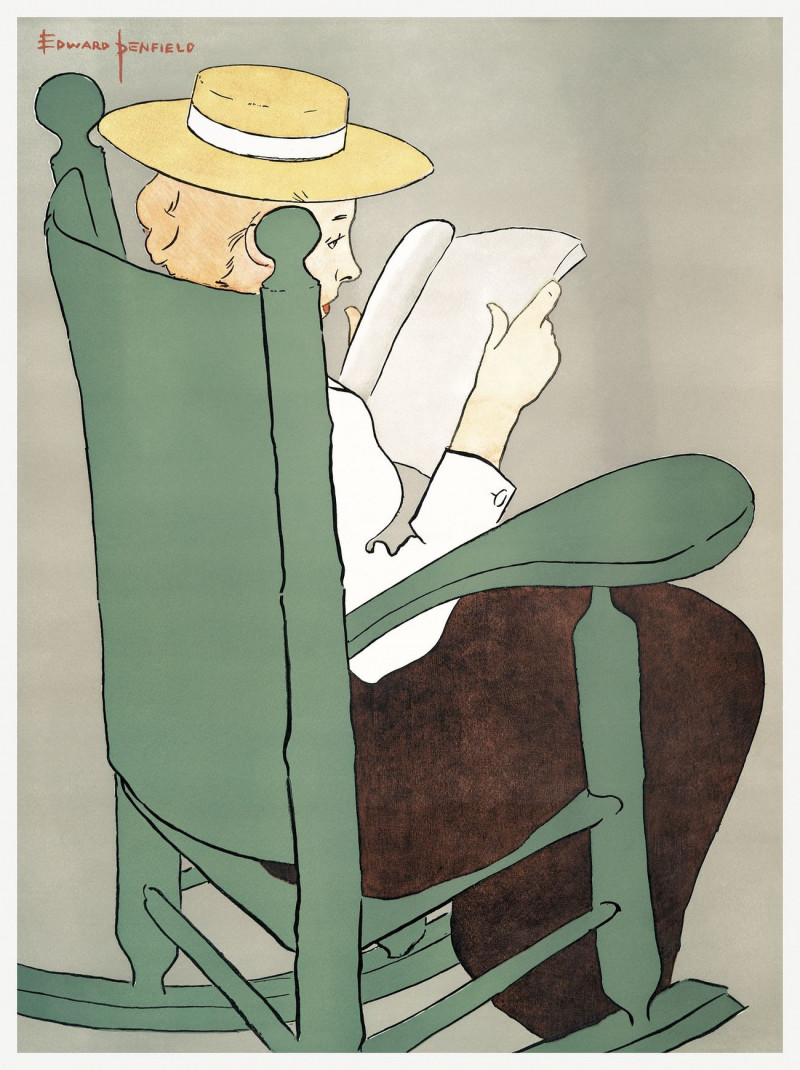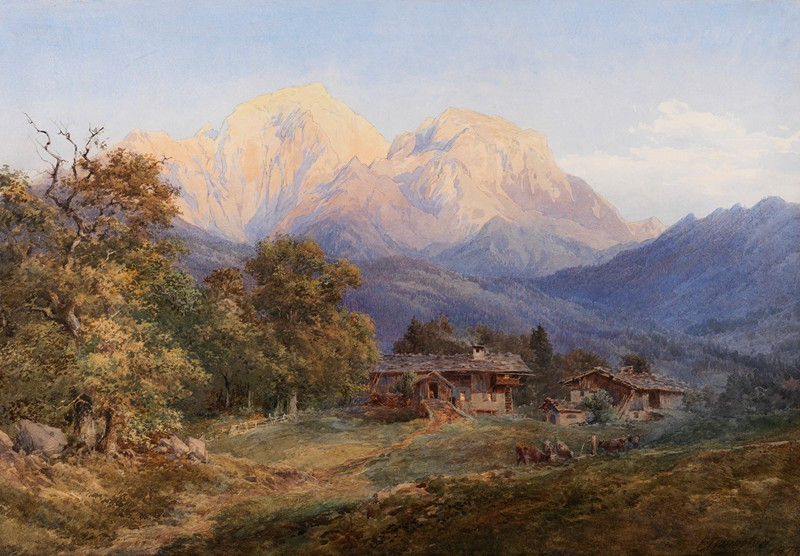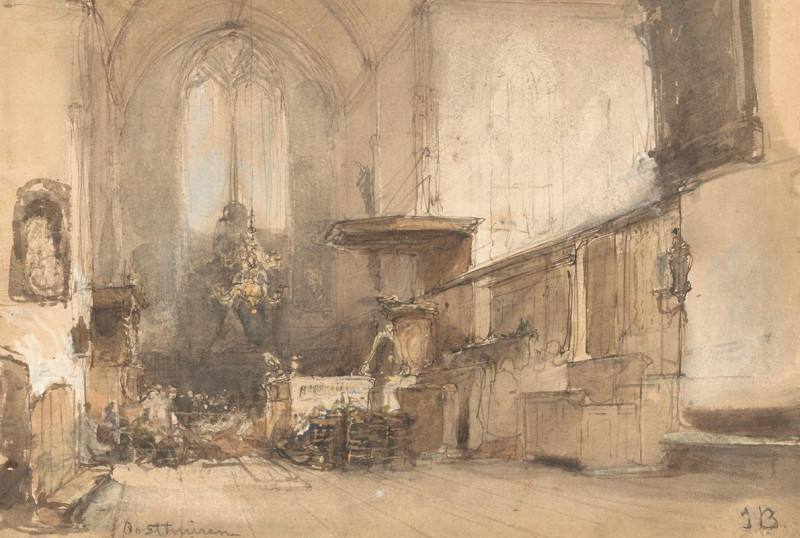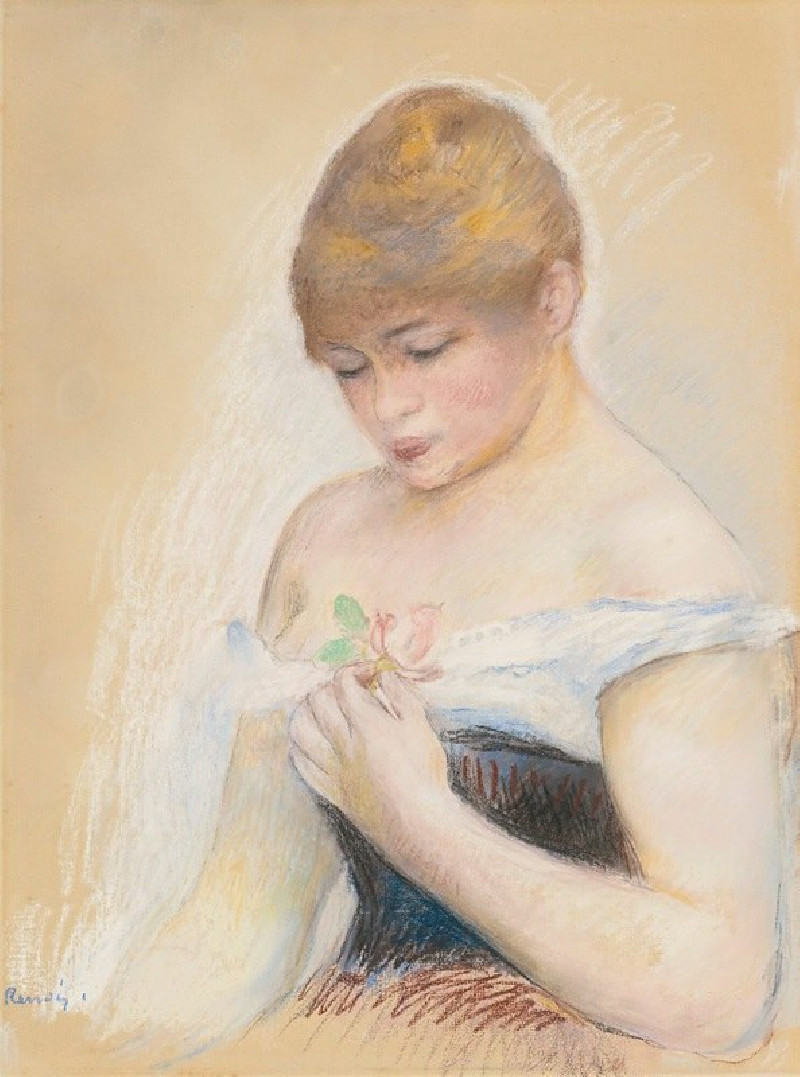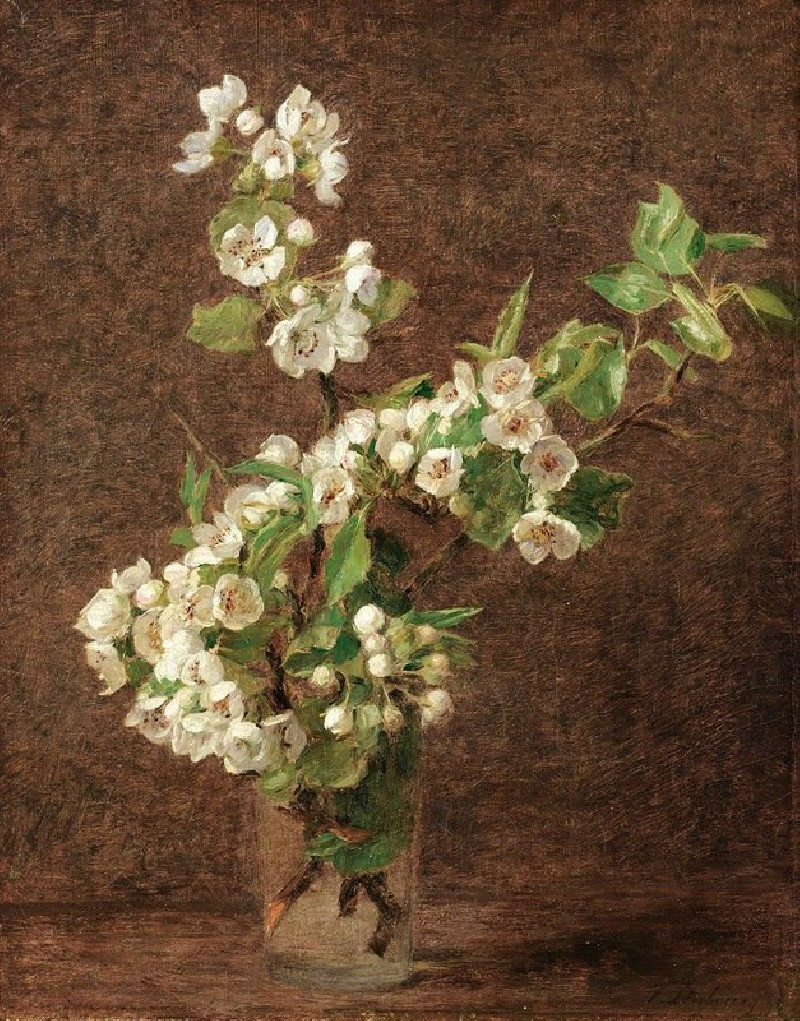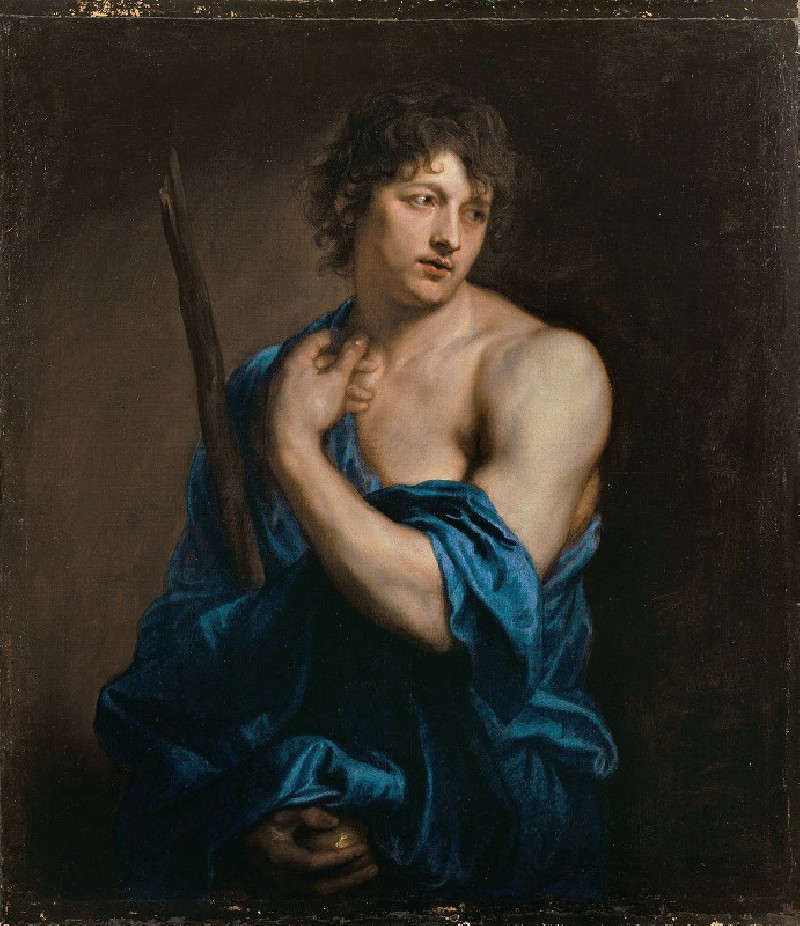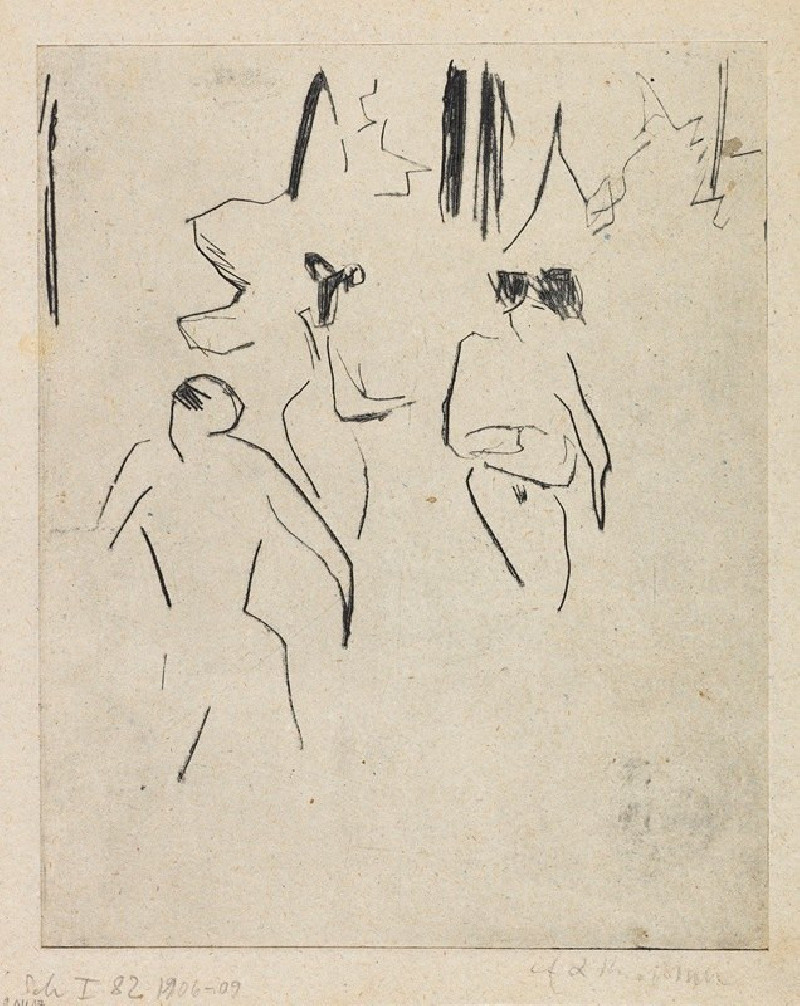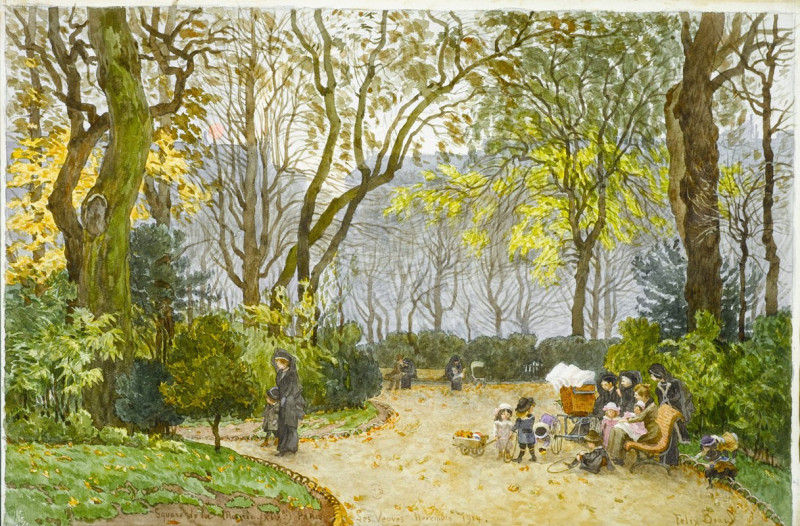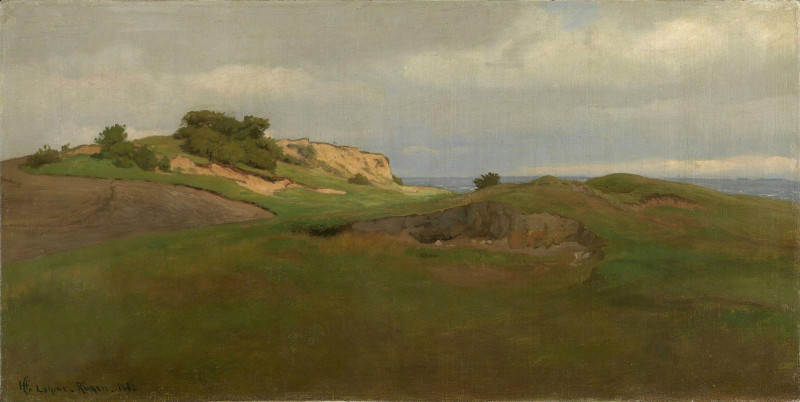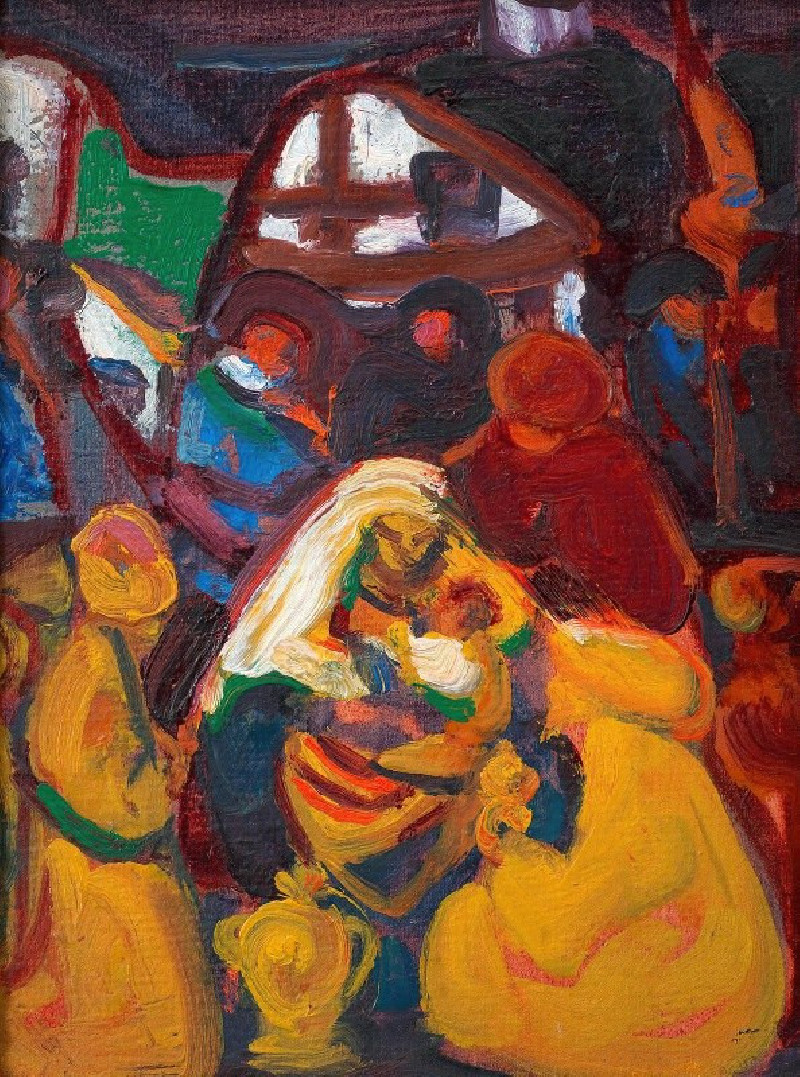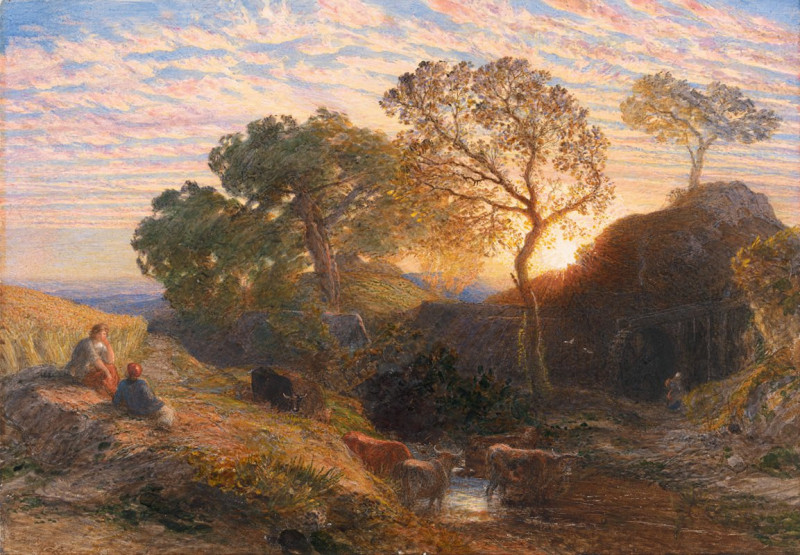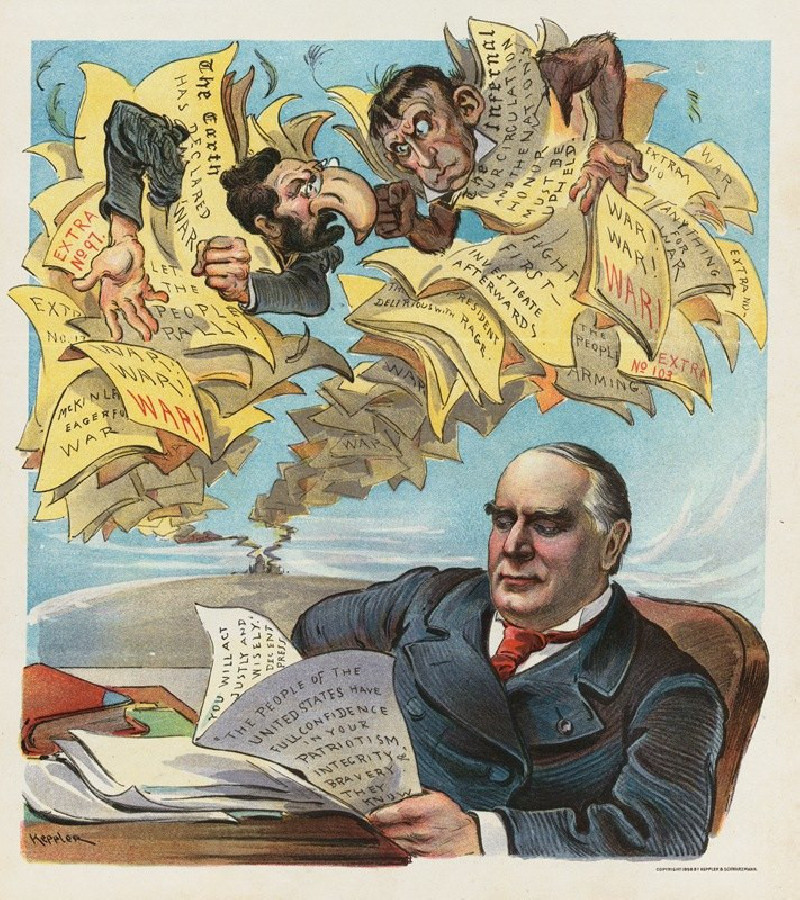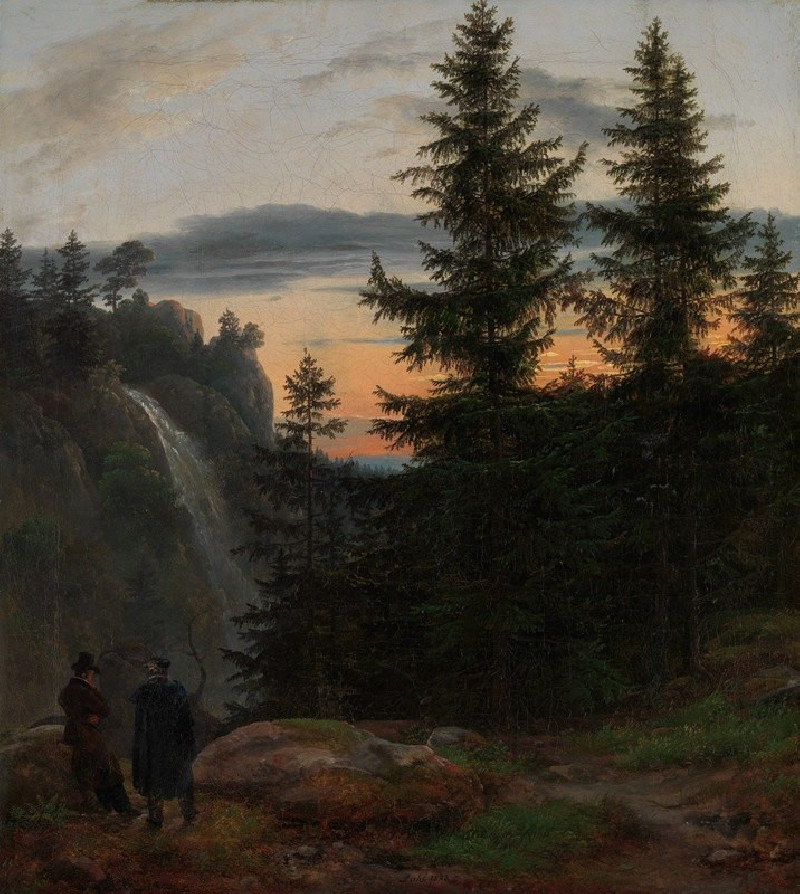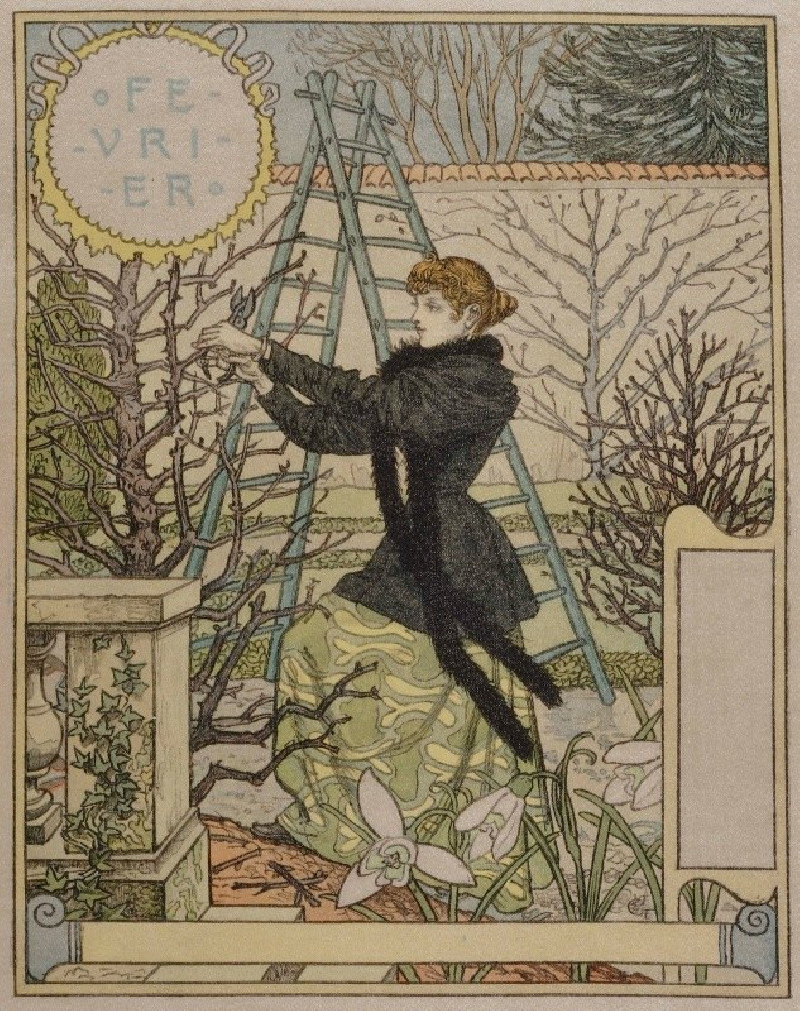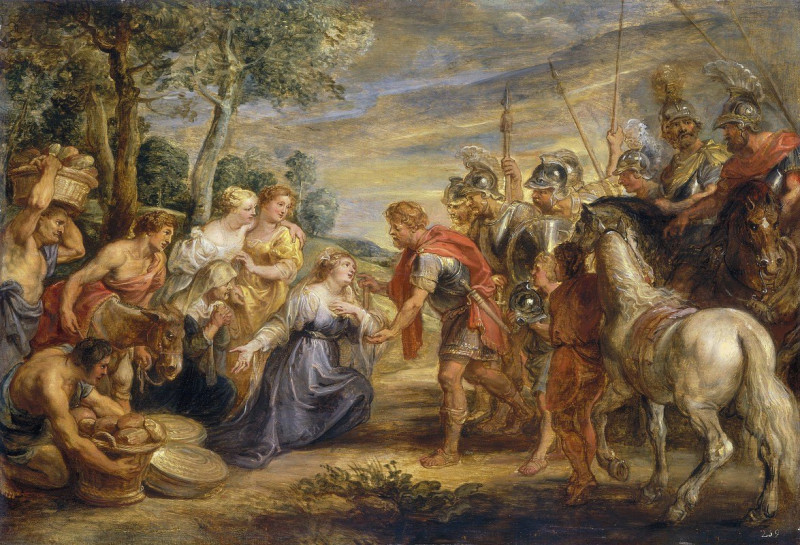Vintage Ayer'S Cherry Pectoral Poster
Technique: Giclée quality print
Recommended by our customers
More about this artwork
This painting by Edward Penfield is a vibrant and whimsically styled advertisement poster for Ayer's Cherry Pectoral, a product marketed to cure coughs and colds. At first glance, the poster captures attention with its unique and playful anthropomorphic portrayal of animals in human roles.In the center of the image, there’s a bear sitting on a wooden chair, dressed in a blue and white checkered apron, looking shocked or ill, with a big bottle labeled "AYER'S" next to it. It's particularly eye-catching given its human-like expression of discomfort and its role as the patient.To the left, holding the chair and seemingly comforting or stabilizing the distressed bear, is another dark-colored bear wearing glasses, which evokes a sense of wisdom or academic knowledge. This character could be interpreted as a supportive friend or a knowledgeable figure in the context of medical care.On the right, we see another bear dressed as a nurse, complete with a white uniform marked by a red cross. This nurse bear is also holding a bottle of the advertised Cherry Pectoral medicine, promoting its use.
Delivery
Returns
Edward Penfield (1866-1925) was an influential American poster artist, considered as the father of the American poster movement. He was employed as an art editor for Harper’s Weekly, Monthly, and Harper’s Bazaar, where he made posters advertising each issue of the magazine for over seven years. His art was avant-garde with less concern for the dramatic curving lines of Art Nouveau, inspired by Japanese ukiyo-e block prints, figure drawings by Henri de Toulouse-Lautrec, color lithographies by Jules Chéret, and other contemporary artists. He created simplified scenes of daily life in saturated colors, including horses, cats, sports, and women’s fashion.

